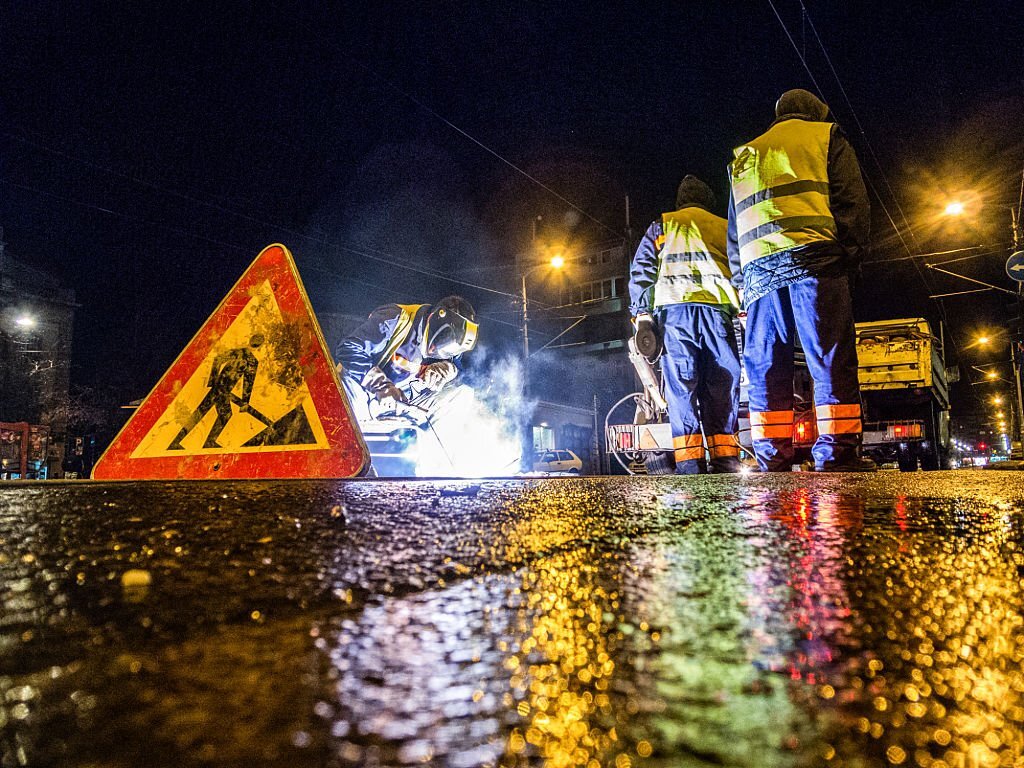Micro-surfacing forms a protective layer on the pavement, preserving the road’s underlying structure. The enhanced surface avoids degradation, water penetration, and sub base failure, in essence, it ensures that the micro-surfaced road does not deteriorate as a result of exposure to sun, rain, and vehicular traffic. This precautionary approach reduces the need for future, more comprehensive and costly repairs. Furthermore, in countries where there is heavy traffic due to closures and fewer diversion routes like in India, Microsurfacing is the best alternative as it is installed fast.
Advantages of Microsurfacing:
- Economical
Micro-surfacing in India costs around one-third the price of a pure asphalt overlay and, while somewhat more expensive than a slurry seal or tar and chip, offers a considerably superior product for the money we spend.
It offers a budget friendly approach to road repair and ensures that the infrastructure development and transportation is not affected.
- Quicker Installation
Microsurfacing aims at refining and recreating the top layer while preserving the quality of the road beneath. This way we don’t have to spend resources and effort to extirpate the old road and develop a new road altogether. It saves time and cost.
It is easier to microsurface the road and restore a smooth resurfaced pavement in no time. This helps minimum traffic disruption as micro-surfaced paved road can be opened for traffic within 1 to 2 hours
- Durable
The key reason for durability of microsurfacing is the underlying supreme quality asphalt pavement and the premium build of the ingredient used in the micro surfacing of the road in the Country.
In India, microsurfacing has helped extend life of roads by at least 7-10 years, giving a solid instant boost to the road infrastructure without the road barriers.
- Skid Resistant and Smooth:
Microsurfacing brings back the road’s original skid resistance and smoothness within a few days of its installation. Offering the commuters a more reliable and smooth pavement through microsurfacing.
When to opt for Microsurfacing?
Microsurfacing is often used on a need basis and project-specific basis. Location, weather, traffic loads, and pavement conditions are all considered while deciding whether or not to utilize microsurfacing.
Roadways chosen for microsurfacing treatment often have mild to moderate distress, fewer rutting, and generally tiny fracture widths, and a microsurfacing treatment would assist extend the pavement life until resurfacing is required. Roadways selected for cyclical microsurfacing would normally be treated every five to ten years.
Application of Microsurfacing in India?
The optimum areas of application are preventative and rehabilitative maintenance.
The grading curve versatility, as well as the options for employing modified binders or monolayer or double layer designs, enable this approach to adapt to diverse traffic situations and support surfaces.
Conclusion:
Micro surfacing in India is an efficient surface treatment for extending the life of paved roads by conserving or enhancing their condition. Micro surfacing reduces pavement life-cycle expenses when employed as a preventive, corrective, or holding technique. It provides outstanding performance on wheel ruts and minor surface fractures, as well as reintroducing skid resistance to pavement surfaces while reducing energy needs and greenhouse gas emissions.

